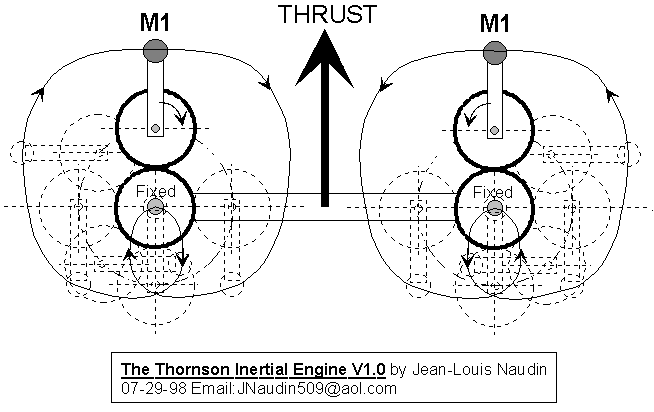I used to think it would be avanteous to add energy at 6:00, as a little more speed goes up a hill much further. Just, that little bit of extra speed, costs a lot of extra input. It even out nomatter what.
If Chalkalis' device is OU, it will in my view be due to the unique geometry of the weights. Each at different angles and ditances to the fulcrum, is different phases of the 360º cycle, while all fixed relative to each other. My gut tells me the 3 main weights can be substituted by one for identical performance. If I am wrong, we're close to the definate answer of OU from gravity.
Chalkalis notes to the importance of the geometry, apparently derived from experimentation more than from vision. I still don't understand where he sees the OU.
If Chalkalis' device is OU, it will in my view be due to the unique geometry of the weights. Each at different angles and ditances to the fulcrum, is different phases of the 360º cycle, while all fixed relative to each other. My gut tells me the 3 main weights can be substituted by one for identical performance. If I am wrong, we're close to the definate answer of OU from gravity.
Chalkalis notes to the importance of the geometry, apparently derived from experimentation more than from vision. I still don't understand where he sees the OU.

 You hit the nail on the head. That's just what Chalkalis is doing with his device. Gravity acts as a multiplier of kinetic energy added at the top.
You hit the nail on the head. That's just what Chalkalis is doing with his device. Gravity acts as a multiplier of kinetic energy added at the top.





Comment